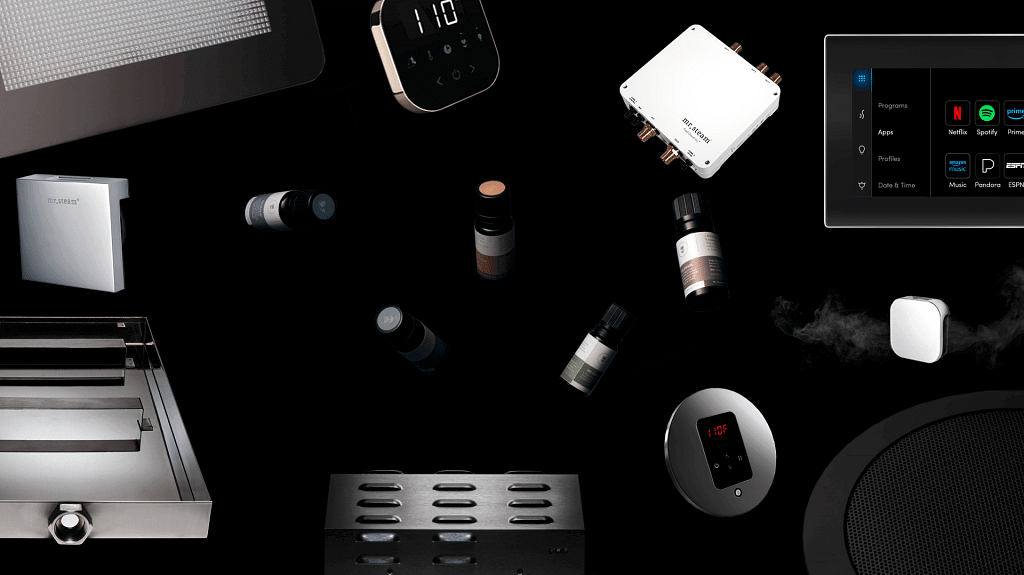Sauna
Is a Sauna FSA or HSA Eligible? A Comprehensive Guide 2024
Planning on buying a sauna and trying to see whether it’s FSA or HSA eligible? See our page that will explain all the information you need to know on the subject.
What is FSA?
A Flexible Spending Account (FSA), also sometimes called a Flexible Spending Arrangement, is a benefit offered by some employers that allows you to set aside pre-tax dollars to cover qualified medical and dental expenses. Think of it like a special savings account, but with tax advantages. Here’s how it works:
- Contributions: You elect a specific amount of money to contribute to your FSA throughout the year, typically during your employer’s annual benefits enrollment period. This money is deducted from your paycheck before taxes are applied, which lowers your taxable income. There is a maximum contribution amount set by the IRS each year.
- Eligible Expenses: The funds in your FSA can then be used to pay for a variety of out-of-pocket medical and dental costs that are not covered by your health insurance plan. This can include deductibles, copays, coinsurance, certain over-the-counter medications, and sometimes even dependent care expenses (through a Dependent Care FSA, which is a separate account with different rules).
- Use-it-or-Lose-it: It’s important to note that FSAs typically operate on a “use-it-or-lose-it” basis. This means that any unused funds remaining in your account at the end of the plan year (which can be the calendar year or may coincide with your employer’s fiscal year) are usually forfeited. There are some exceptions, with some employers offering a grace period or allowing a small amount of money to be carried over to the next year.
What is HSA?
A Health Savings Account (HSA) is another type of tax-advantaged account designed specifically for those enrolled in a High-Deductible Health Plan (HDHP). Unlike FSAs, HSAs are not employer-sponsored, so you can open one on your own regardless of your employer’s offerings. Here’s a breakdown of how HSAs work:
- Eligibility: You can only contribute to an HSA if you are covered by an HSA-qualified high-deductible health plan. HDHPs typically have lower monthly premiums but come with higher deductibles, which is the amount you must pay out-of-pocket before your insurance starts covering costs.
- Contributions: Similar to FSAs, you contribute pre-tax dollars to your HSA throughout the year. There are annual contribution limits set by the IRS, with separate limits for individuals and families.
- Tax Advantages: Contributions to HSAs are tax-deductible, reducing your taxable income. Any earnings on the money in your HSA also grow tax-free.
- Withdrawals: The key difference between FSAs and HSAs lies in how you can use the funds. HSAs offer more flexibility: you can withdraw money at any time, even for non-medical expenses, but only qualified medical expenses are tax-free. Unlike FSAs, HSAs also allow you to carry over unused funds from year to year, which can be a great way to save for future medical needs.
What Can be Bought with Your FSA Account?
FSAs offer a way to save on a variety of out-of-pocket medical and dental expenses that your health insurance might not cover entirely. Here’s a quick rundown of what you can use your FSA funds for:
- Costs You Share: This includes deductibles, copays, and coinsurance payments that you owe for doctor visits, prescriptions, emergency room services, and other covered medical procedures.
- Over-the-Counter Medications: Certain over-the-counter medications may be eligible for FSA reimbursement, but typically only with a doctor’s prescription.
- Dental and Vision Care: Expenses like copayments for dental cleanings, fillings, or orthodontia, or copays for eye exams, eyeglasses, or contact lenses can often be paid for with FSA funds.
- Other Eligible Expenses: Depending on your specific FSA plan, other qualified medical expenses may include things like bandages, splints, braces, feminine hygiene products, and even sunscreen.
Important Note: It’s important to remember that the exact list of eligible expenses can vary depending on your FSA plan. Be sure to check with your FSA plan administrator or review your plan documents to get a complete list of what qualifies for reimbursement.
Is a Sauna FSA or HSA Eligible?
Generally, a sauna itself is not considered a qualified medical expense under FSAs or HSAs. These accounts are designed to cover medically necessary treatments and preventive care services. Saunas, while they may provide some health benefits like relaxation and improved circulation, are not typically seen as medically necessary by themselves.
Therefore, if you were to use your FSA or HSA funds to pay for a sauna without any further justification, the IRS may consider it a non-qualified expense. This means that the entire amount you spend on the sauna could be taxed as income, and you might also be subject to a penalty.
However, there is a potential exception. If you have a documented medical condition that a doctor believes could be helped by regular sauna therapy, you may be able to use your FSA or HSA funds to purchase a sauna. In this case, you would need to obtain a letter of medical necessity (LMN) from your doctor. This letter would explain your specific condition and how sauna therapy would be a necessary part of your treatment plan.
Here are some key points to remember:
- Getting a letter of medical necessity does not guarantee that the IRS will approve your sauna purchase as an FSA or HSA expense.
- It’s important to consult with your doctor and your FSA or HSA plan administrator to see if a sauna might be a reimbursable expense in your specific situation.
Planning on buying a sauna and trying to see whether it’s FSA or HSA eligible? See our page that will explain all the information you need to know on the subject.










